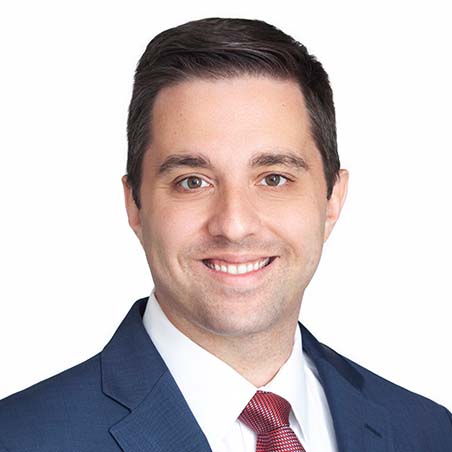An Update to our Analysis of Performance, Consistency and Persistence
This is our seventh iteration of “The Next Chapter in the Active vs. Passive Debate” in which we evaluate the efficacy of active mutual funds1 in 17 different categories during the ten-year period ended December 2022. Despite the unprecedented market environments captured in the recent iteration, and variations over time periods since the first edition of the paper in 2007, our primary observations have remained consistent over time.
The constituents of this analysis are all actively-managed strategies as defined by Morningstar. All passively-managed strategies that have achieved ten-year track records are independently analyzed at the end of the paper.
Key Observations
- 89 percent of ten-year top quartile mutual funds were unable to avoid at least one three-year stretch in the bottom half of their peer group. This result is slightly higher than the median of the historical range of 83 to 92 percent in our past six editions, and up from the 85 percent we observed in our 2021 edition. The higher percentage can be attributed to Fixed Income and Core and Growth equities, which represent a high percentage of the funds analyzed.
- 62 percent of ten-year top quartile mutual funds were unable to avoid at least one five-year period in the bottom half of their peer group. This result is near the top of our historical range of 54 to 63 percent in our past six editions, and up from the 56 percent we observed in our last edition.
- Top quartile mutual funds with three-year stretches in the bottom half of their peer group spend, on average, six consecutive quarters below the median. Top quartile funds spent an average of 24 percent of rolling three-year periods in the bottom half of their peer groups, in line with our previous edition of 21 percent.
- Owning the 42nd percentile mutual fund in all 17 categories would have matched the weighted index return for a 70 percent equity and 30 percent fixed income portfolio during the ten-year period. This result is modestly lower than the median of the historical range of 36 to 52 percent in our past six editions, and up modestly from the 39th percentile we observed in our last edition. Thus, the trend that more effective manager selection is required to match the weighted index return continues to persist, including during the recent ten-year period.
- Consistent with previous editions, many asset classes generate outperformance in the top quartile of their peer group and to a lesser extent the median manager.
- Investing passively does not completely insulate investors from volatility in relative performance compared to active peers and in some asset classes guaranteed sub-par results over the most recent ten-year period.
- Falling prey to natural human behavioral tendencies during the manager selection and termination process generally leads to failure. Investors need to make a concerted effort before investing to understand a manager’s investment process, sub-style, and whether they possess competitive advantages over their peers that improve the odds of ranking in the top quartile. We continue to affirm this allows investors to develop the confidence, and more importantly, the patience required for long-term success.
1 Distinct portfolio share classes (only) from Morningstar mutual fund database as of December 2022. Not corrected for survivorship bias. All data in all exhibits is sourced as Morningstar and Fiducient Advisors analysis unless stated otherwise
The information contained herein is confidential and the dissemination or distribution to any other person without the prior approval of Fiducient Advisors is strictly prohibited. Information has been obtained from sources believed to be reliable, though not independently verified. Any forecasts are hypothetical and represent future expectations and not actual return volatilities and correlations will differ from forecasts. This report does not represent a specific investment recommendation. The opinions and analysis expressed herein are based on Fiducient Advisor research and professional experience and are expressed as of the date of this report. Please consult with your advisor, attorney and accountant, as appropriate, regarding specific advice. Past performance does not indicate future performance and there is risk of loss.



